
Principal component analysis (PCA) in R Rbloggers
In this tutorial you'll learn how to perform a Principal Component Analysis (PCA) in R. The table of content is structured as follows: 1) Example Data & Add-On Packages 2) Step 1: Calculate Principal Components 3) Step 2: Ideal Number of Components 4) Step 3: Interpret Results 5) Video, Further Resources & Summary

Principal Component Analysis (PCA) 101, using R Towards Data Science
PCA Functions in R Using PC Scores The Biplot: Visualizing a PCA Conclusions References Introduction We are focusing today on Principal Components Analysis (PCA), which is an eigenanalysis-based approach. We begin, therefore, by reviewing eigenanalysis (for more details on this topic, refer to the chapter about Matrix Algebra ).
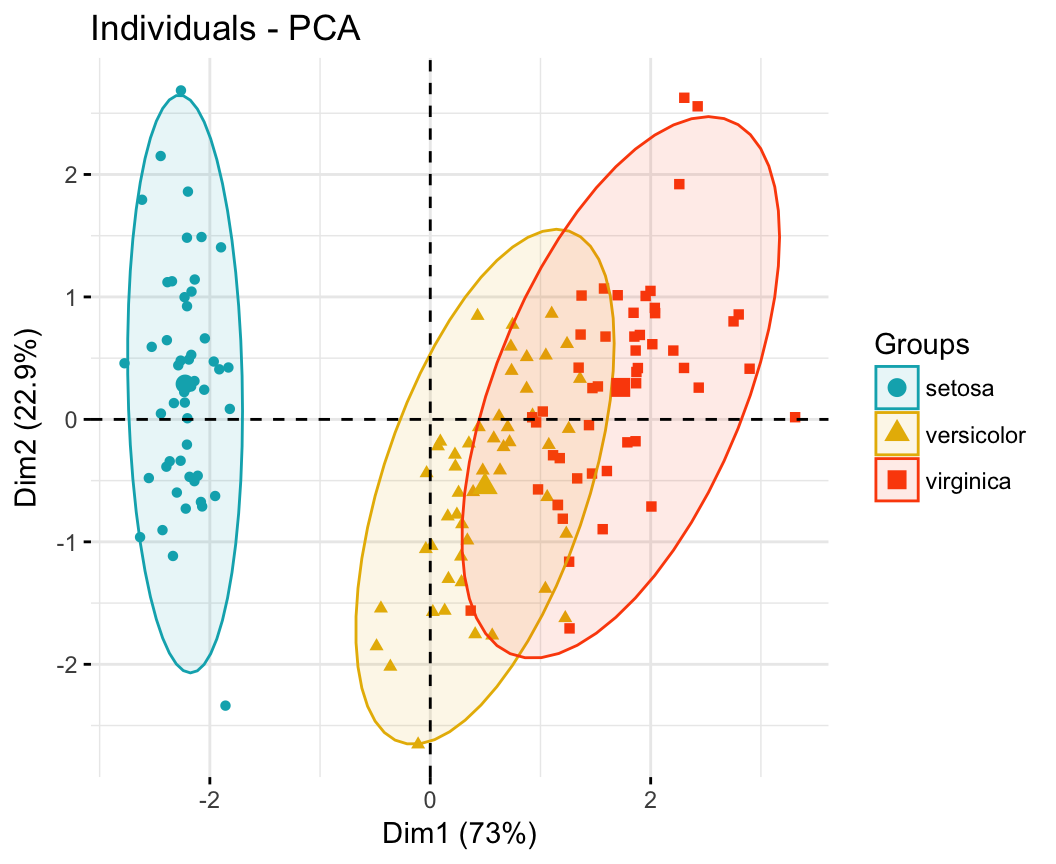
PCA Principal Component Analysis Essentials Articles STHDA
PCA is commonly used as one step in a series of analyses. You can use PCA to reduce the number of variables and avoid multicollinearity, or when you have too many predictors relative to the number of observations. tl;dr This tutorial serves as an introduction to Principal Component Analysis (PCA). 1
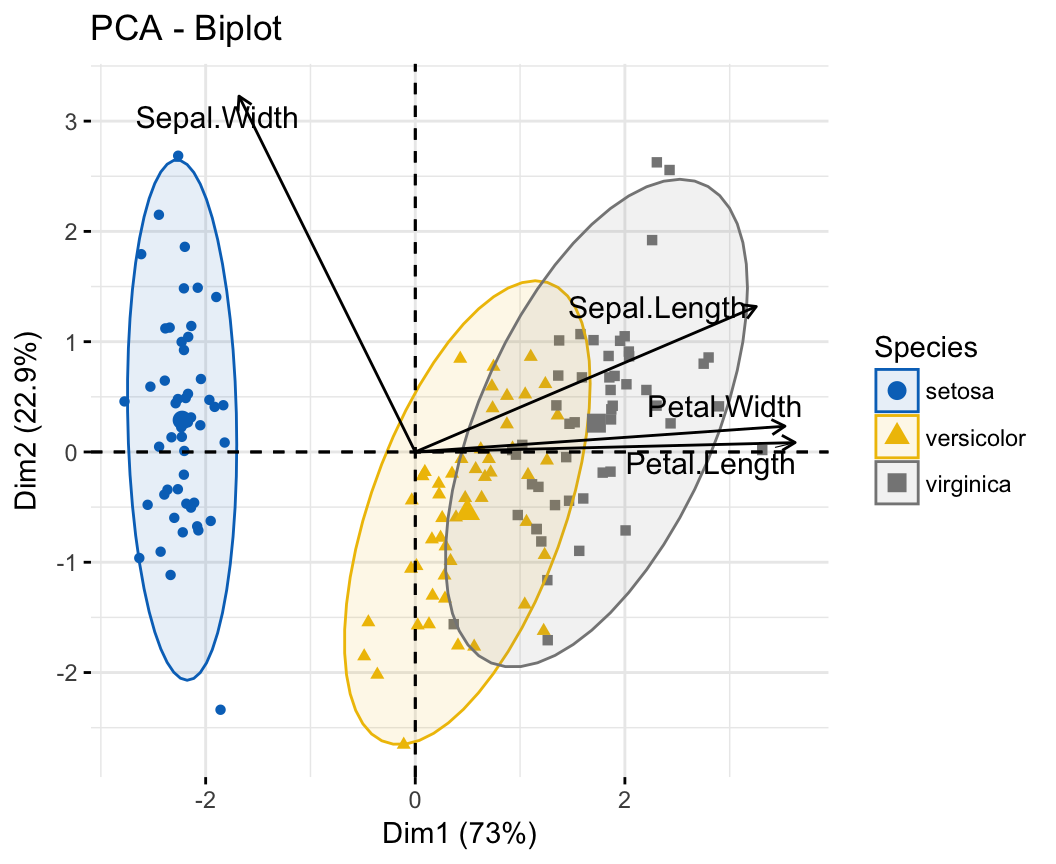
PCA Principal Component Analysis Essentials Articles STHDA
Principal components analysis, often abbreviated PCA, is an unsupervised machine learning technique that seeks to find principal components - linear combinations of the original predictors - that explain a large portion of the variation in a dataset.
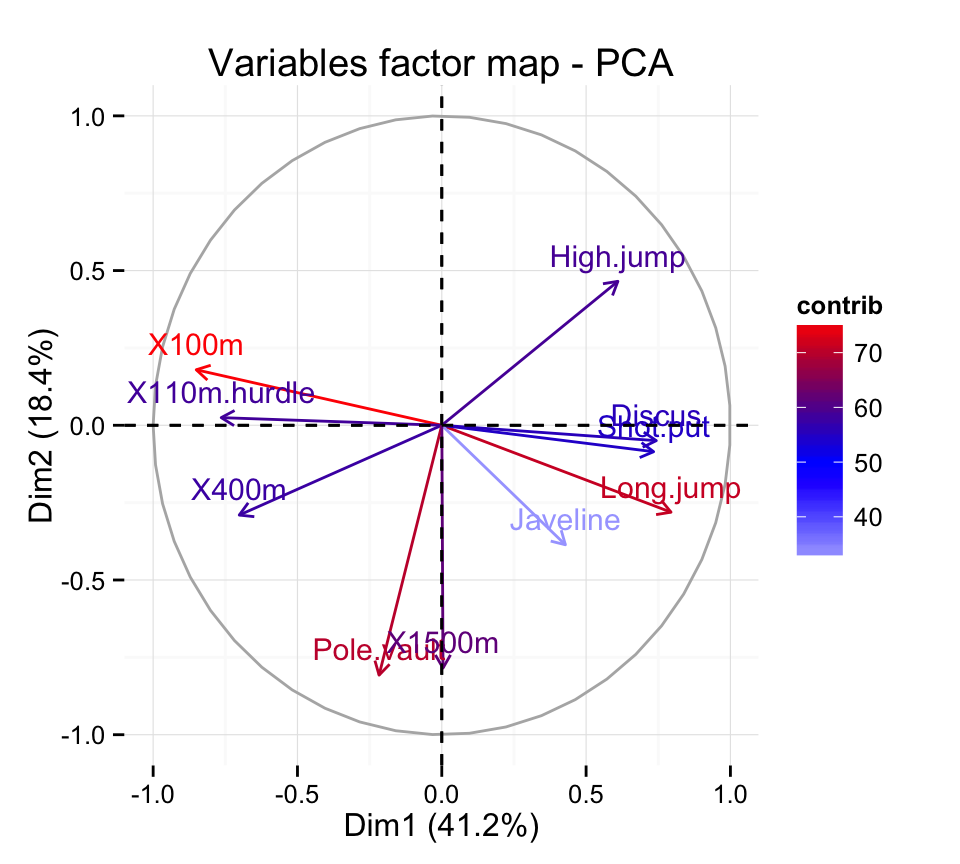
Principal component analysis in R vs. R software and data mining Easy
For many or most types of analysis, one would just do the first three steps, which provides the scores and loadings that are usually the main result of interest. In some cases,. 2There are other functions in R for carrying out PCA. See the PCA Functions vignette for the details. 5. Fe2O3 Cu centered & scaled values −1 0 1 2
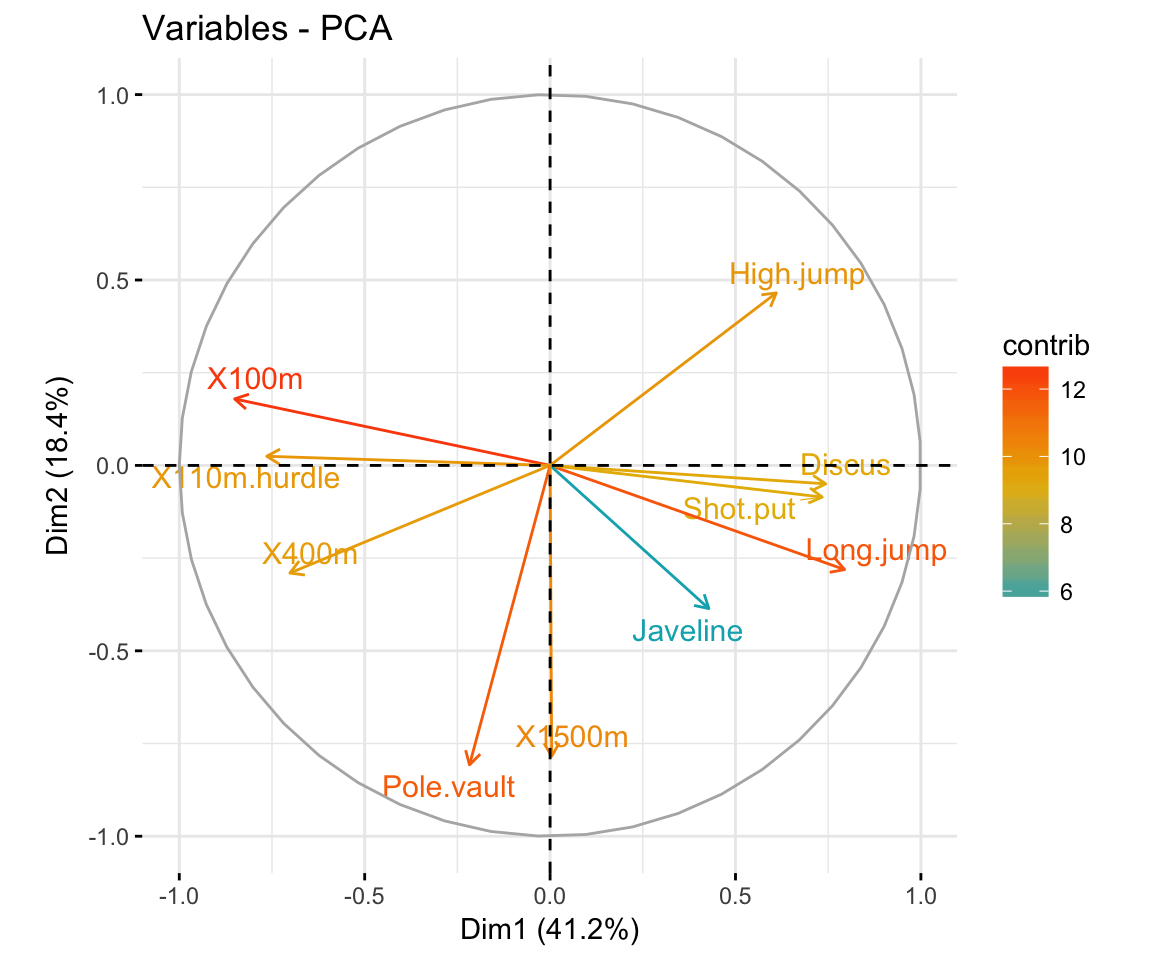
Principal Component Analysis in R vs Articles STHDA
Principal Component Analysis (PCA) is a widely-used statistical technique in the field of data science and machine learning. This article provides a step-by-step guide on implementing PCA in R, a popular programming language among statisticians and data analysts.
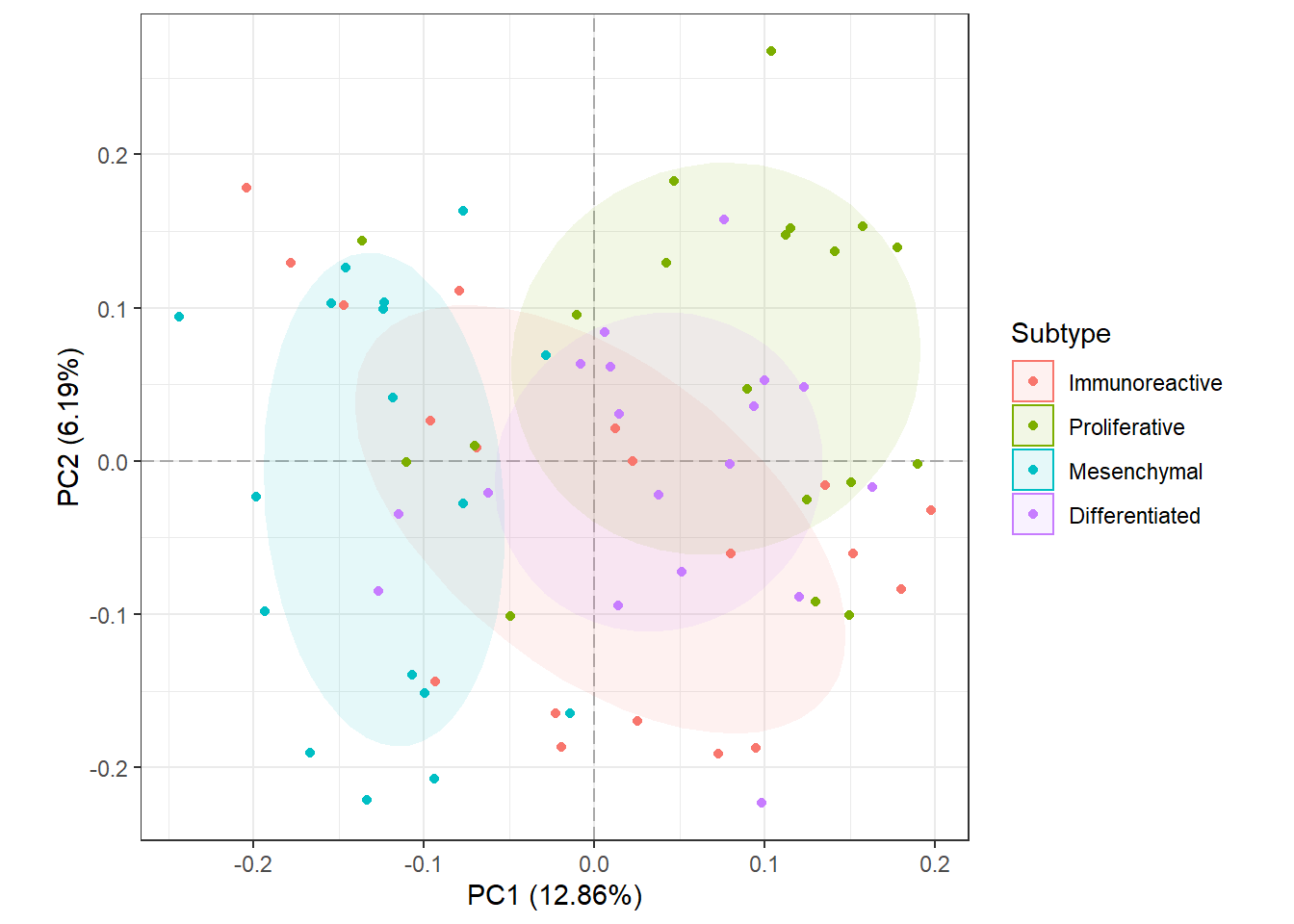
5.4 PCA Proteomics Data Analysis in R/Bioconductor
This R tutorial describes how to perform a Principal Component Analysis ( PCA) using the built-in R functions prcomp () and princomp (). You will learn how to predict new individuals and variables coordinates using PCA. We'll also provide the theory behind PCA results.

enpca_examples [Analysis of community ecology data in R]
Principal component analysis (PCA) is a common technique for performing dimensionality reduction on multivariate data. By transforming the data into principal components, PCA allows.
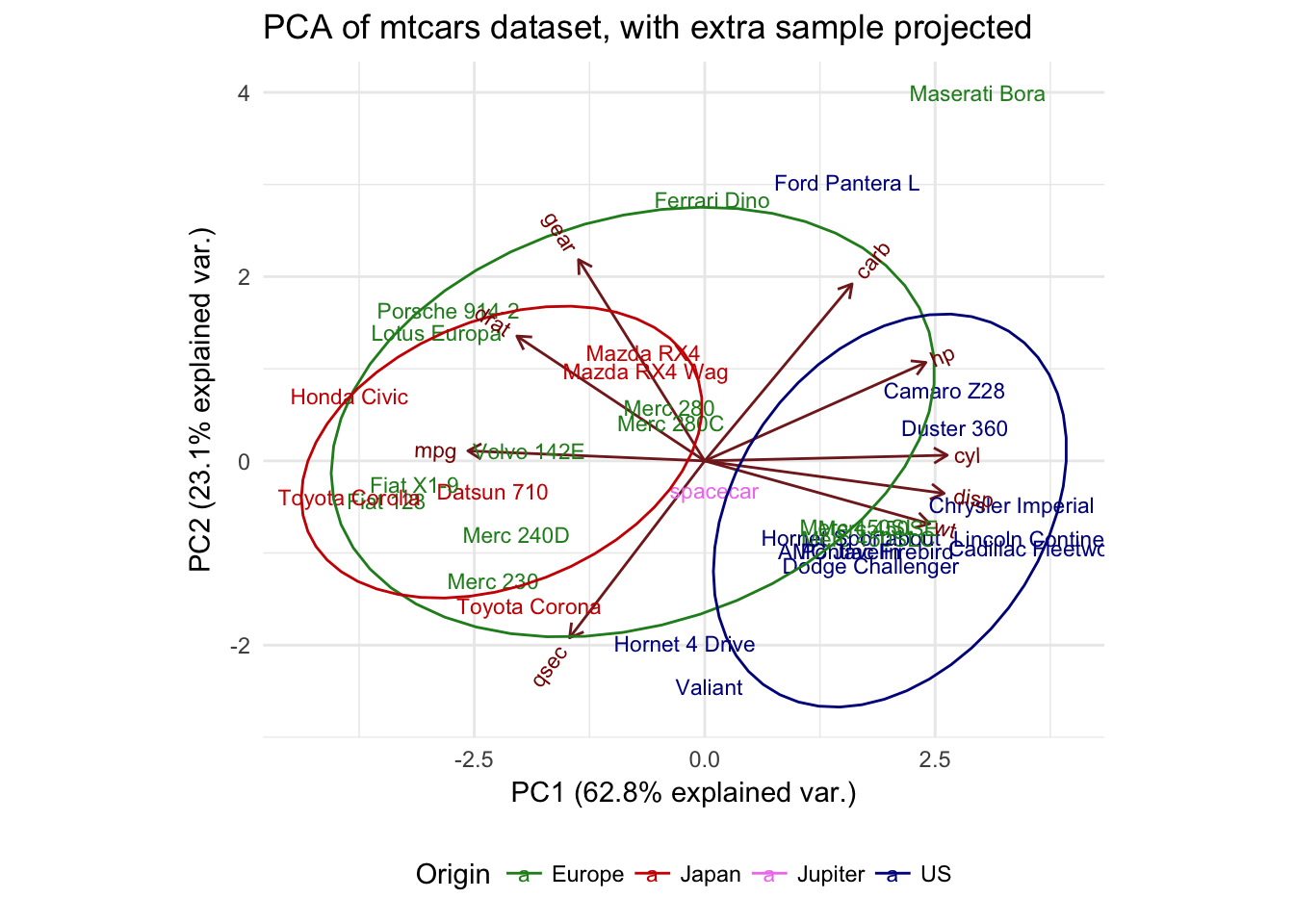
R PCA Tutorial (Principal Component Analysis) DataCamp
PCA is used in exploratory data analysis and for making decisions in predictive models. PCA commonly used for dimensionality reduction by using each data point onto only the first few principal components (most cases first and second dimensions) to obtain lower-dimensional data while keeping as much of the data's variation as possible.

R PCA Tutorial (Principal Component Analysis) DataCamp
Principal component analysis (PCA) is routinely employed on a wide range of problems. From the detection of outliers to predictive modeling, PCA has the ability of projecting the observations described by variables into few orthogonal components defined at where the data 'stretch' the most, rendering a simplified overview. PCA is particularly powerful in dealing with multicollinearity and.

Principal component analysis (PCA) in R Rbloggers
In this tutorial, you will learn different ways to visualize your PCA (Principal Component Analysis) implemented in R. The tutorial follows this structure: 1) Load Data and Libraries 2) Perform PCA 3) Visualisation of Observations 4) Visualisation of Component-Variable Relation 5) Visualisation of Explained Variance
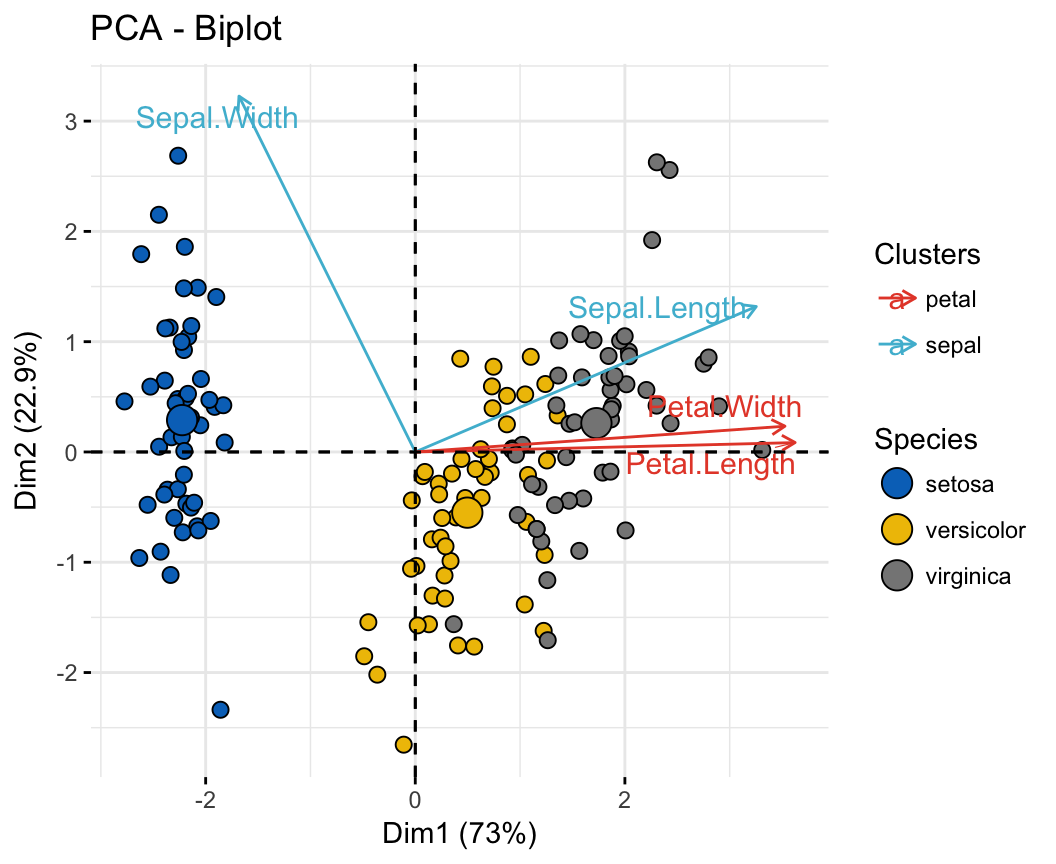
PCA Principal Component Analysis Essentials Articles (2023)
Contact us Principal Component Analysis (PCA) using R Posted on September 28, 2021 by Statistical Aid in R bloggers | 0 Comments [This article was first published on R tutorials - Statistical Aid: A School of Statistics, and kindly contributed to R-bloggers ].

A simple Principal Component Analysis (PCA) in R Masumbuko Semba's Blog
Principal Component Analysis (PCA) is a very powerful technique that has wide applicability in data science, bioinformatics, and further afield. It was initially developed to analyse large volumes of data in order to tease out the differences/relationships between the logical entities being analysed.
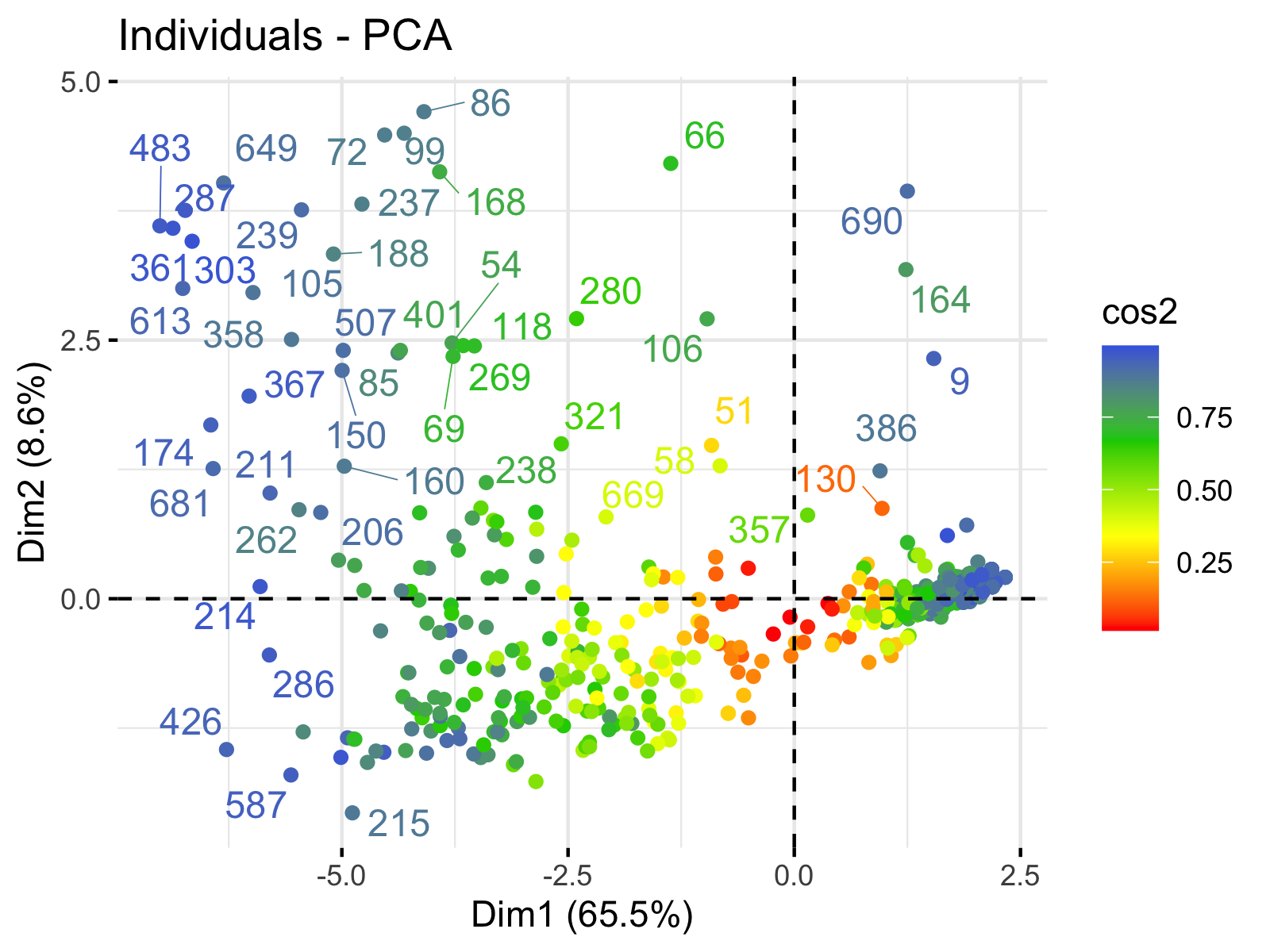
Apply Principal Component Analysis in R (PCA Example & Results)
PCA of a covariance matrix can be computed as svd of unscaled, centered, matrix. Center a matrix Recall we had two vector x_obs, y_obs. We can center these columns by subtracting the column mean from each object in the column. We can perform PCA of the covariance matrix is several ways. SVD of the centered matrix.

Principal Component Analysis (PCA) in R YouTube
Principal component analysis ( PCA) allows us to summarize and to visualize the information in a data set containing individuals/observations described by multiple inter-correlated quantitative variables. Each variable could be considered as a different dimension.
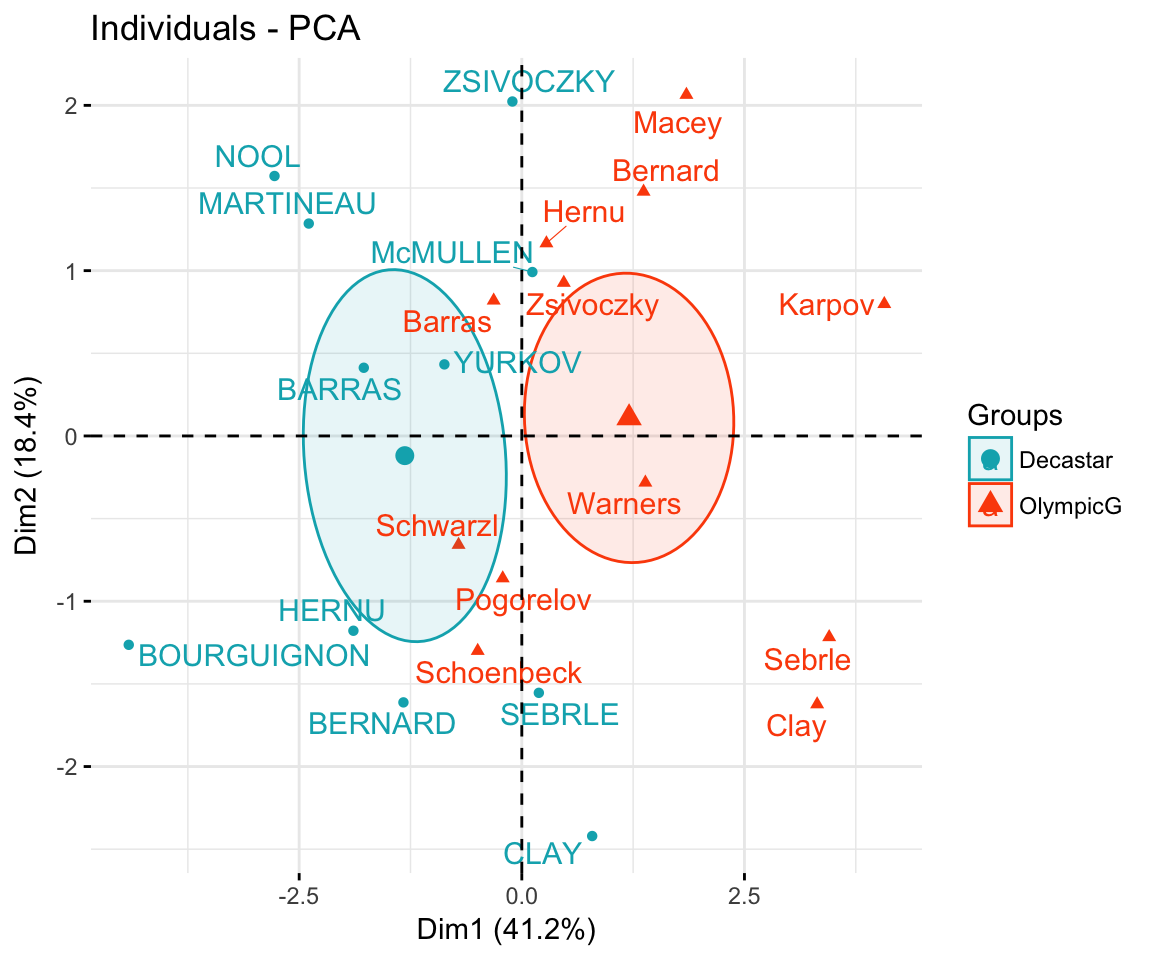
Principal Component Analysis in R vs Articles STHDA
Principal Component Analysis (PCA) in R Tutorial | DataCamp Home About R Learn R Principal Component Analysis in R Tutorial In this tutorial, you'll learn how to use R PCA (Principal Component Analysis) to extract data with many variables and create visualizations to display that data. Updated Feb 2023 · 15 min read